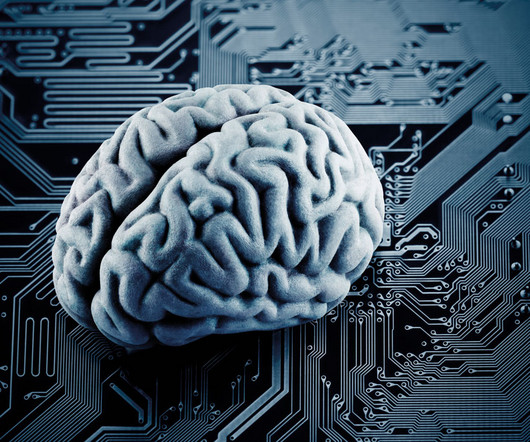Here Comes Another Trend in K-12 Science Education: Data Science
Chillax Science
MAY 3, 2023
Hands-on Learning Hands-on teaching in science education is an approach to learning that emphasizes practice or experiential activities, such as experiments, demonstrations, fieldwork, and investigations, rather than passive learning through readings or direct instruction. It is often the context of Problem-Based Learning (PBL).












Let's personalize your content